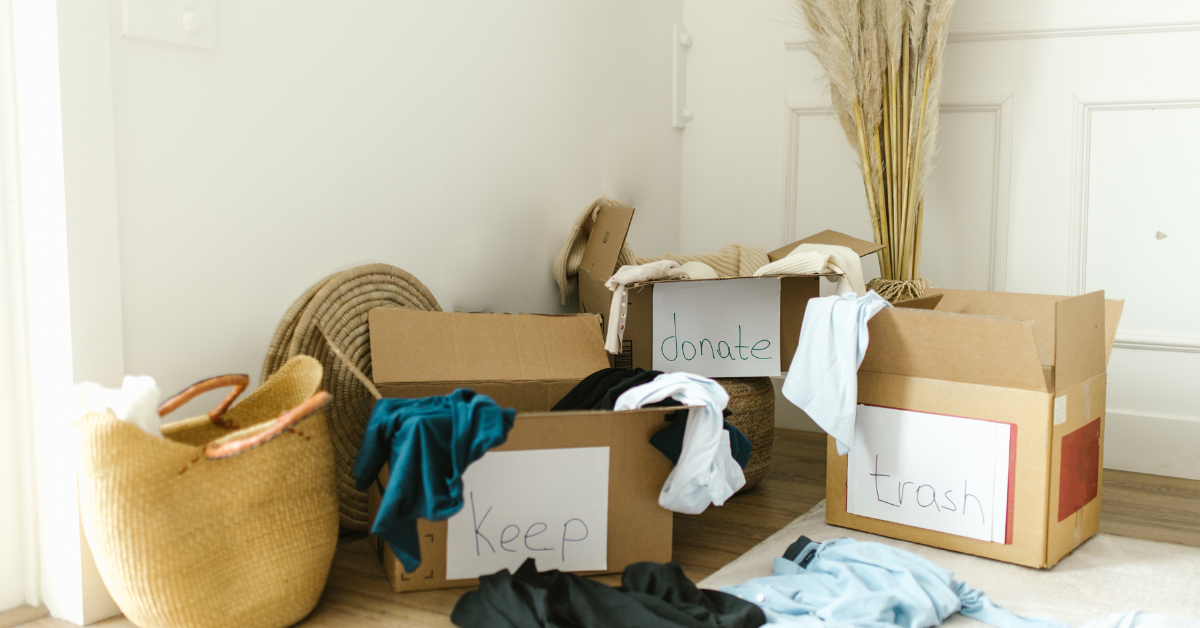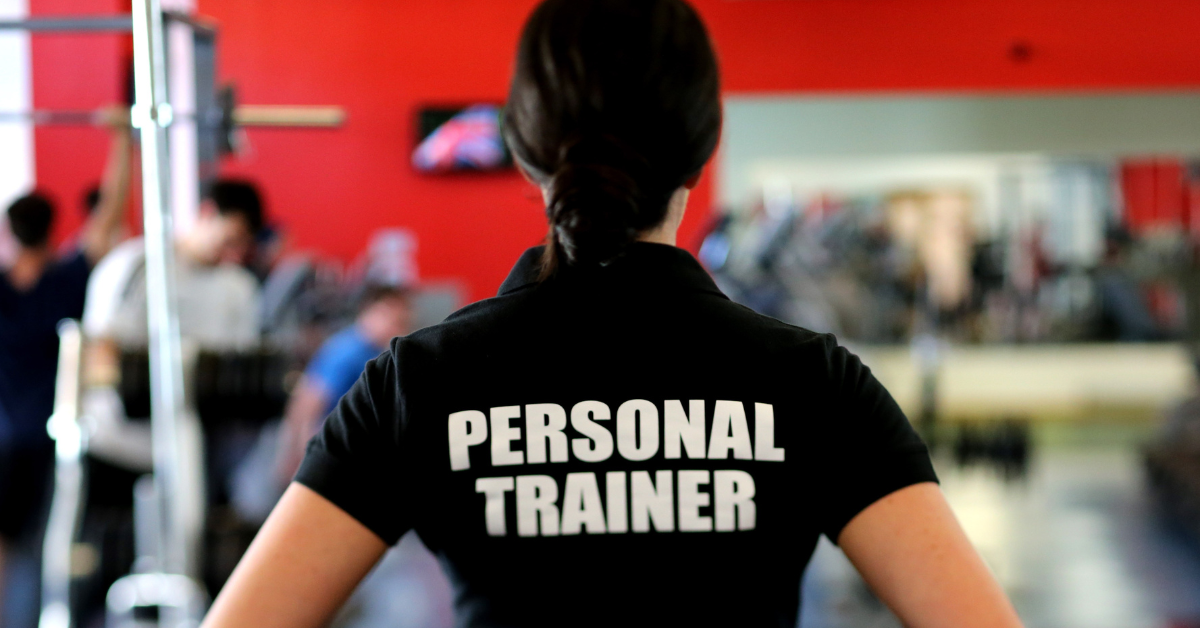
How To Declutter Your House

*Collaborative Post
Clutter accumulates gradually in our homes, changing organised spaces into chaotic collections of belongings that overwhelm both our physical environment and mental wellbeing. Research published in Time magazine confirms that tidying up provides significant mental health benefits, helping to lower stress and improve focus. Taking control of your living space doesn’t require a complete home renovation; it simply needs a systematic approach that makes the process manageable instead of overwhelming.
1. Start with small, manageable areas
The biggest mistake people make when decluttering is attempting to tackle their entire home in one weekend. Instead, focus on conquering one drawer, shelf, or corner at a time to avoid burnout. Begin with a simple area like your kitchen worktop. You can clear everything off, wipe it down, and only return items you use regularly. This immediate visual improvement gives you motivation to continue with other areas. Once you’ve mastered small spaces, gradually work up to larger areas like wardrobes or spare rooms.
2. Create a keep, donate, and bin system
Establish three distinct categories for every item you encounter: keep, donate, and bin. This sorting system speeds up decision-making and prevents you from getting emotionally attached to items during the process. When going through your wardrobe, ask yourself if you’ve worn each piece in the past year, and if not, it belongs in the donation pile. The government’s new workplace recycling guidelines show how systematic separation makes recycling more effective, and the same principle applies to household decluttering.
3. Use your freed-up space wisely
Once you’ve successfully decluttered rooms, consider how to maximise your newly organised space. Better storage solutions can help maintain your clutter-free environment, whether that means installing built-in shelving or converting underused areas for practical purposes. Many homeowners find that clearing out their garages creates opportunities for secure storage with roller garage doors that protect seasonal items, sports equipment, and tools whilst keeping them easily accessible. The important aspect is making sure that every item has a designated place instead of allowing clutter to rebuild.
4. Maintain a clutter-free home
Sustaining your decluttering efforts requires you to develop consistent habits that prevent accumulation. Implement a monthly tidy-up routine where you reassess your belongings and remove items that no longer serve a purpose. Adopt a “one-in-one-out” rule. This means that for every new item you bring home, donate or discard something else. This maintains balance and prevents your spaces from becoming overwhelmed again.
Creating systems that work for your lifestyle guarantees that decluttering becomes a sustainable practice instead of a periodic crisis. Focus on maintaining the mental clarity and physical space you’ve worked hard to achieve, treating your organised home as an investment in your daily wellbeing and peace of mind.
*This is a collaborative post. For further information please refer to my disclosure page.




